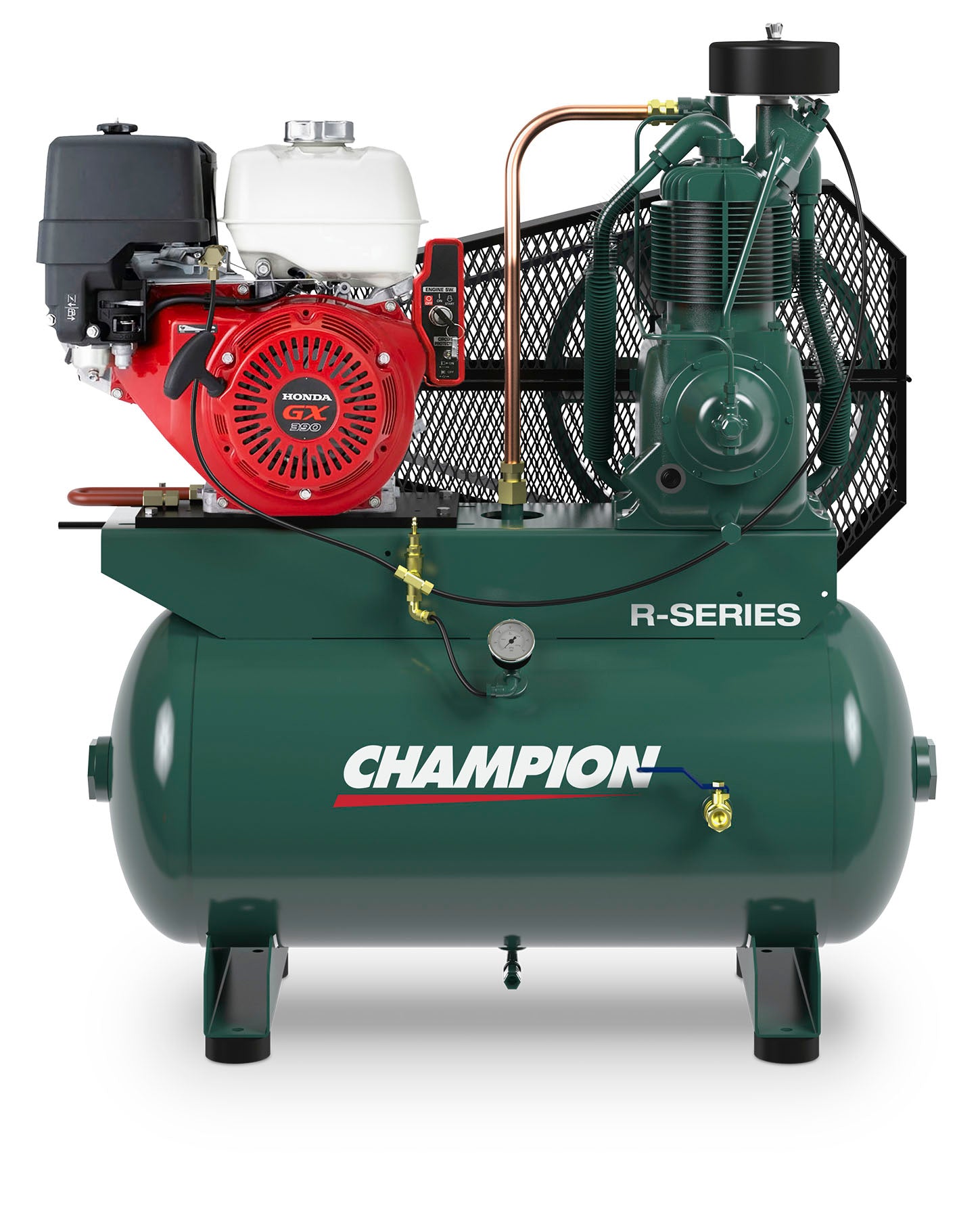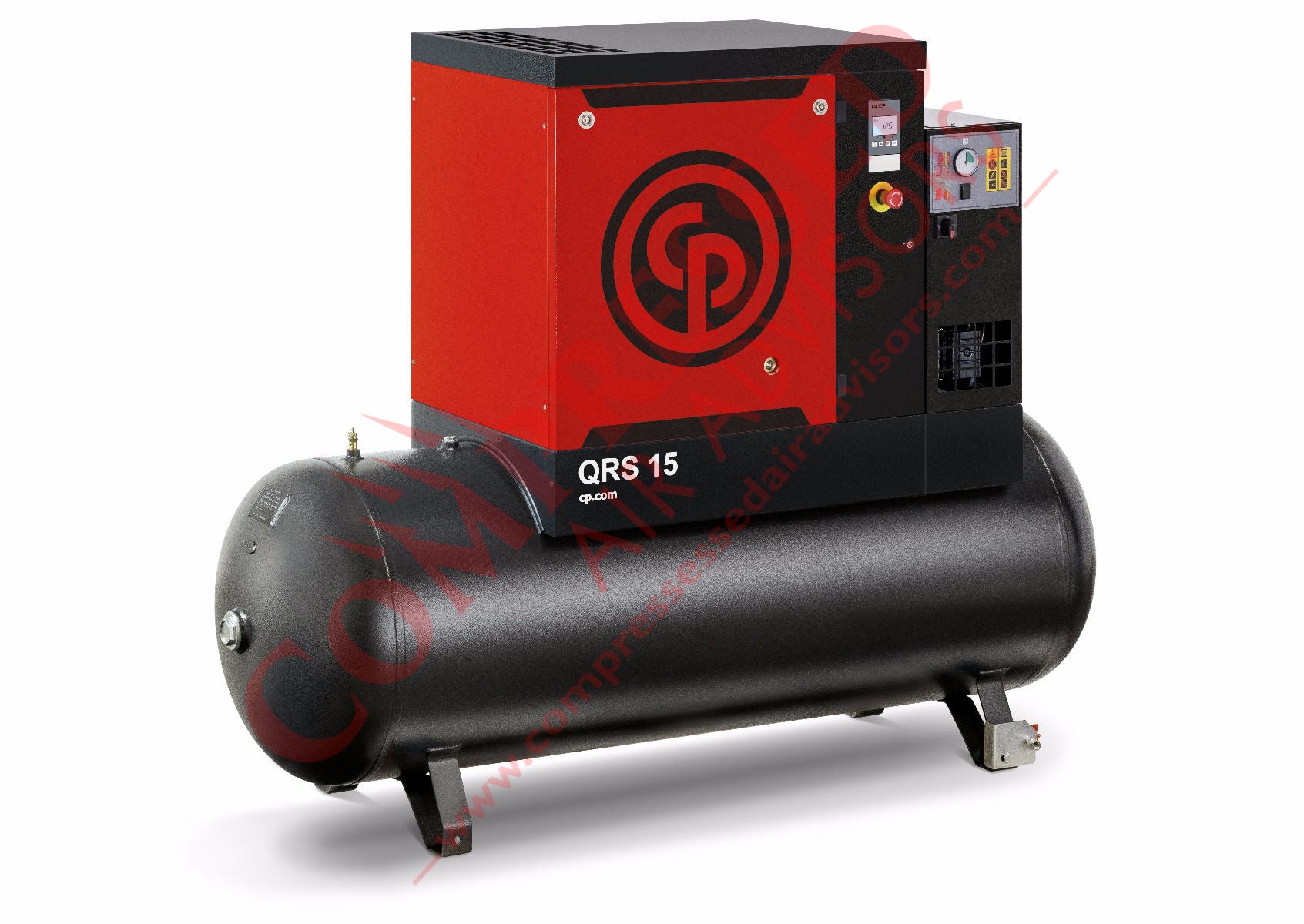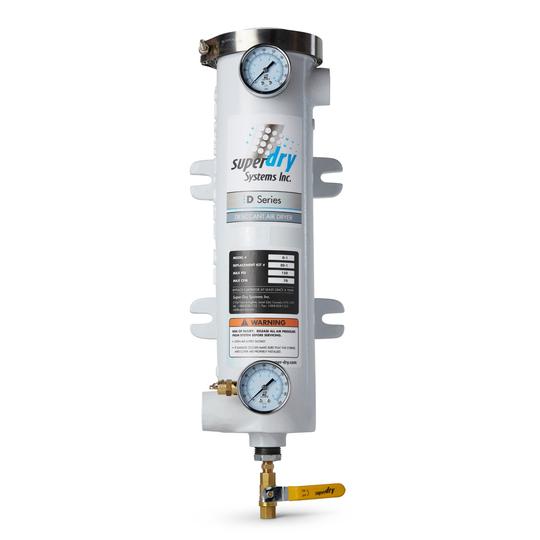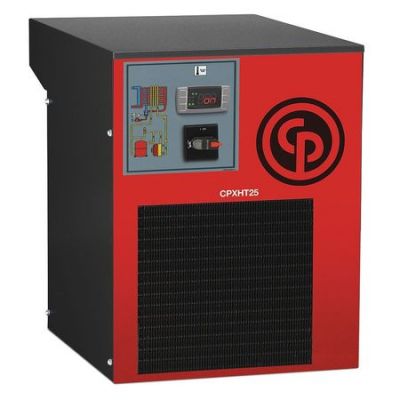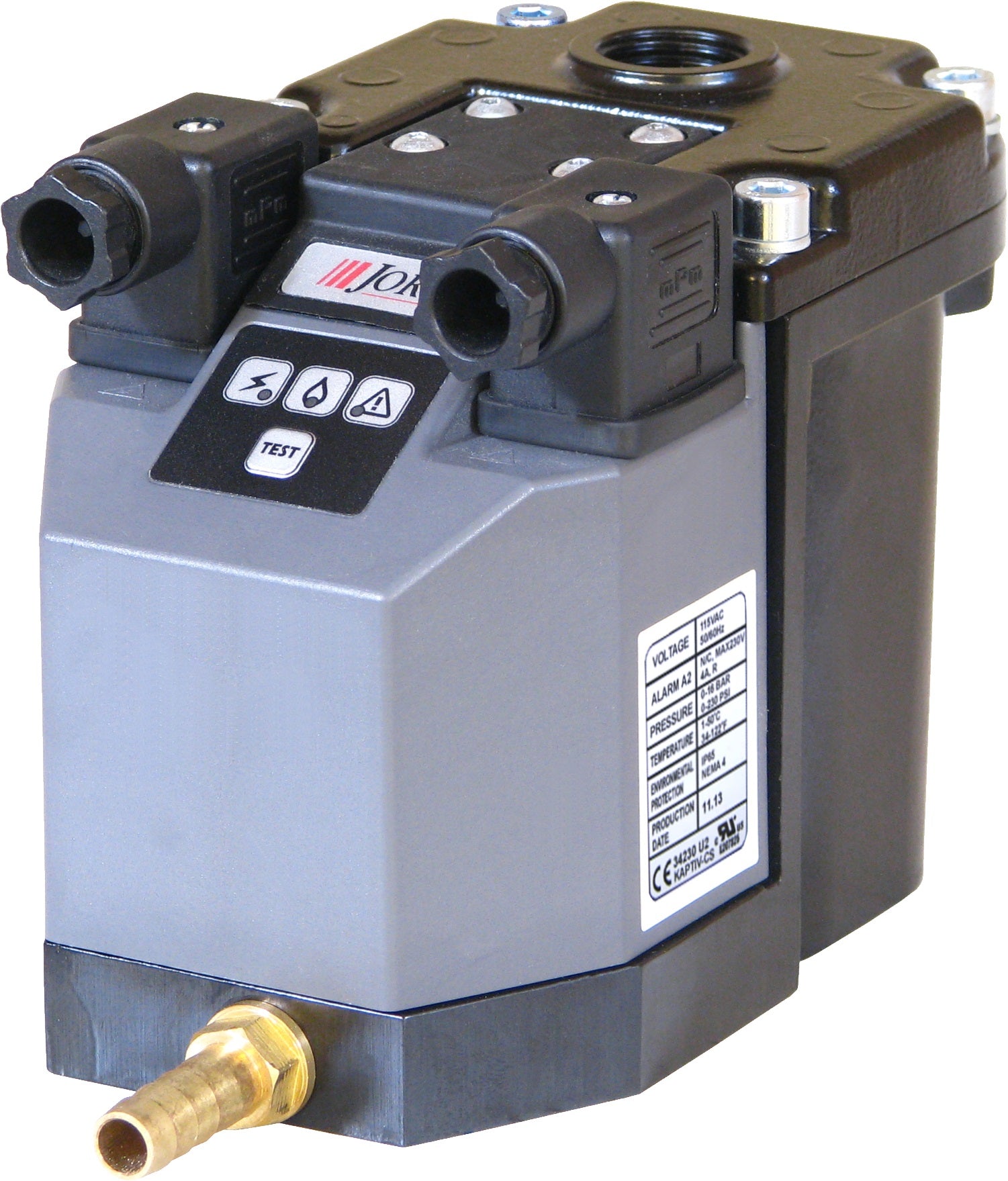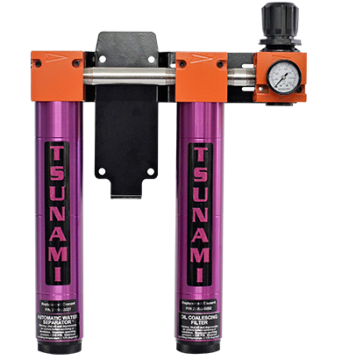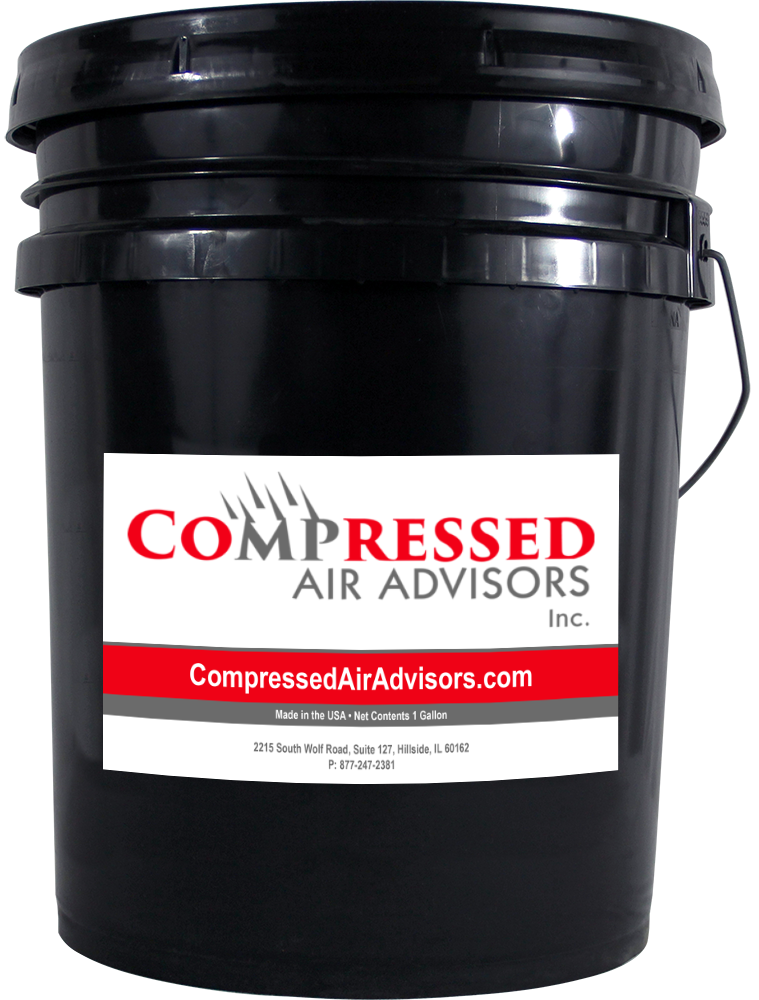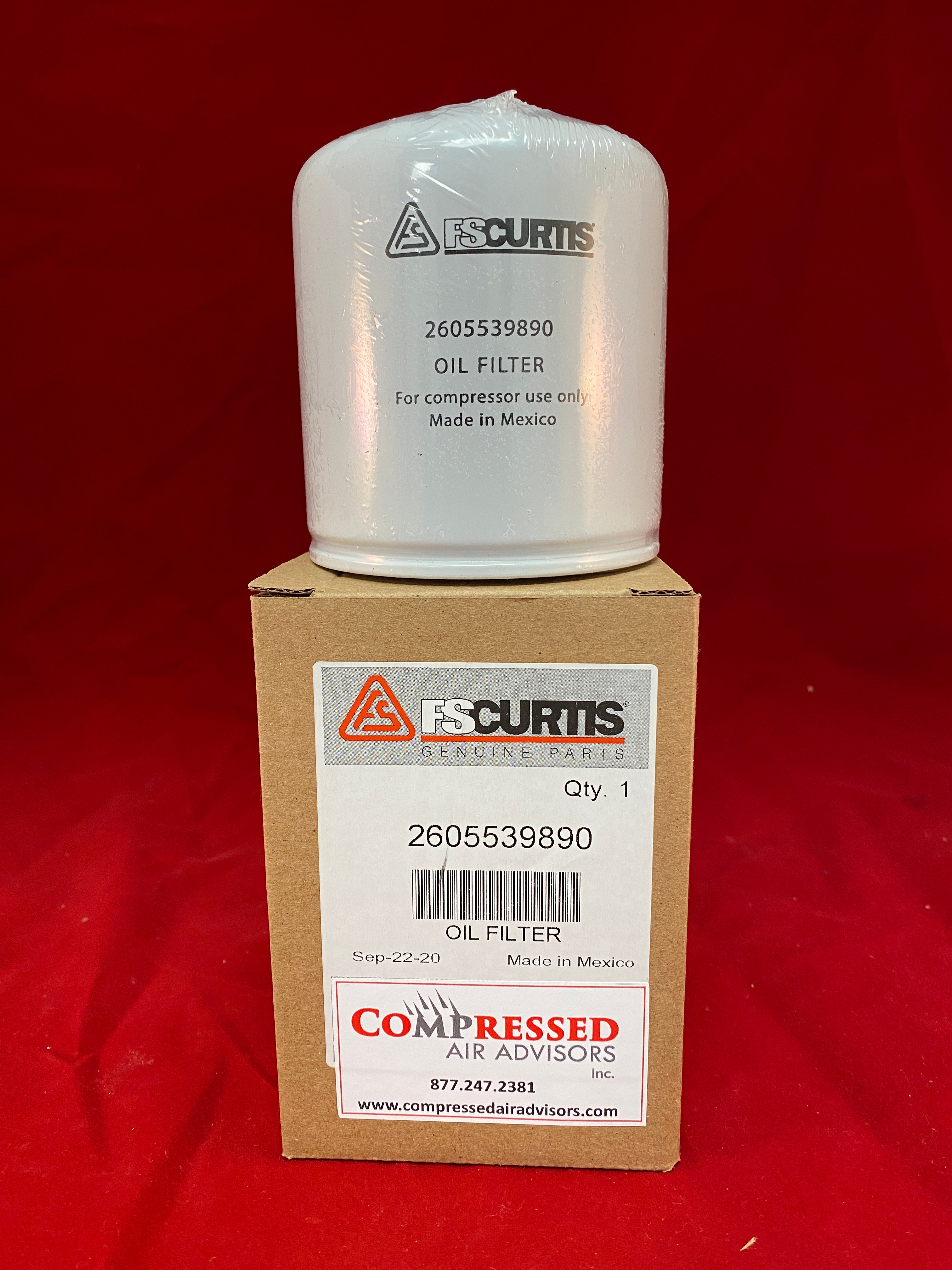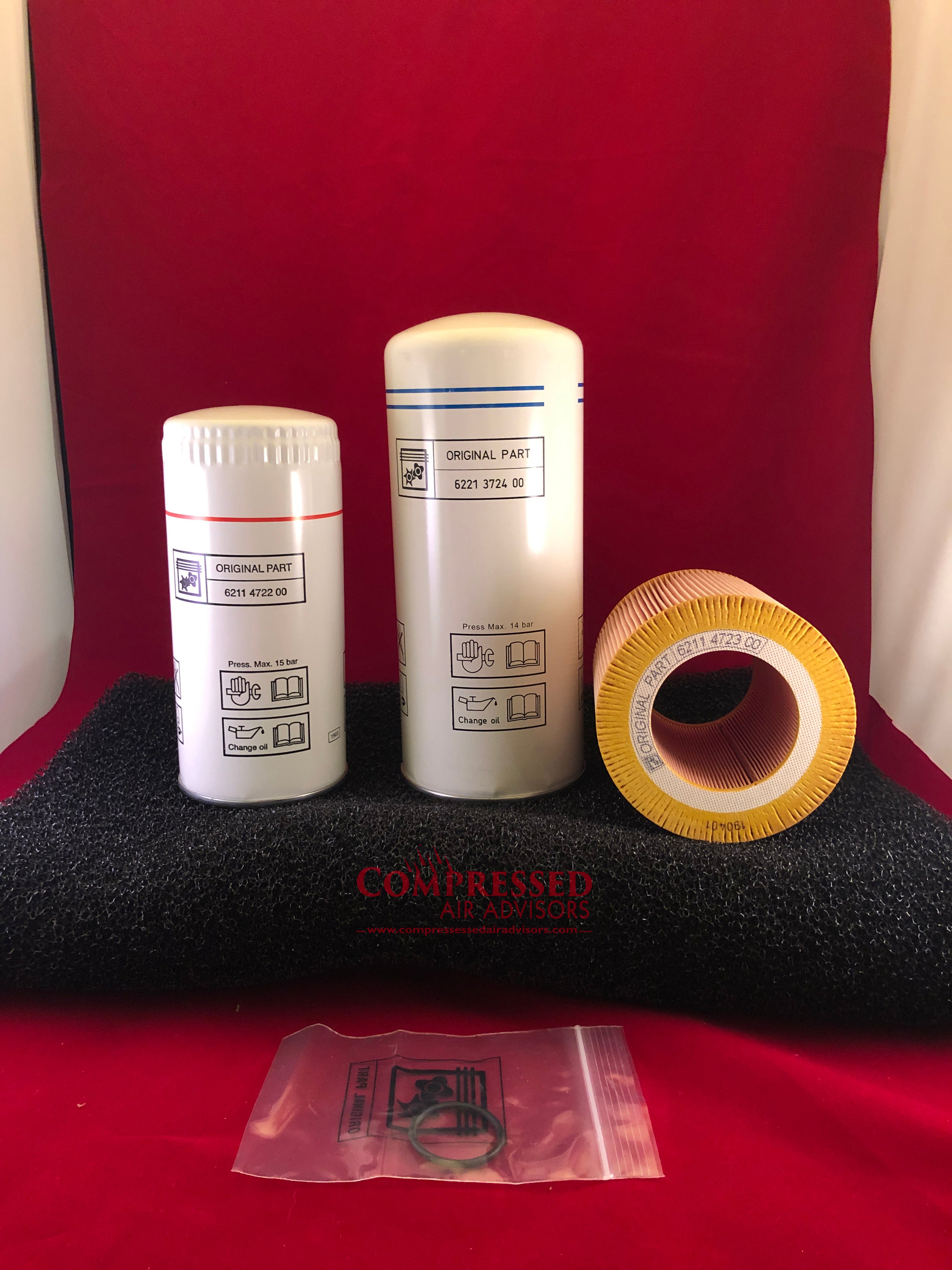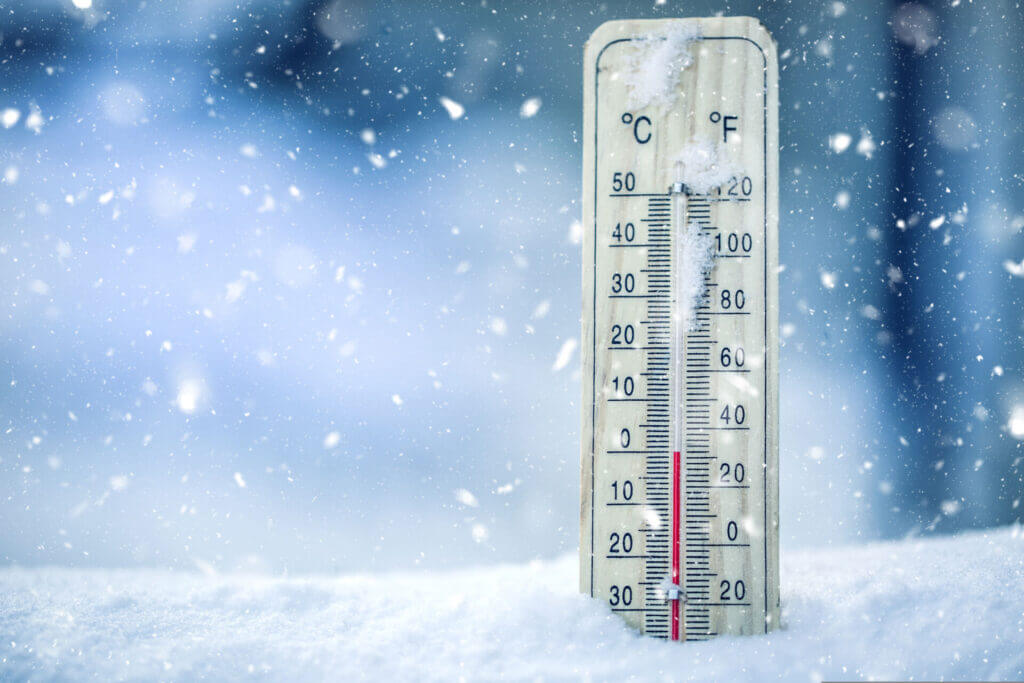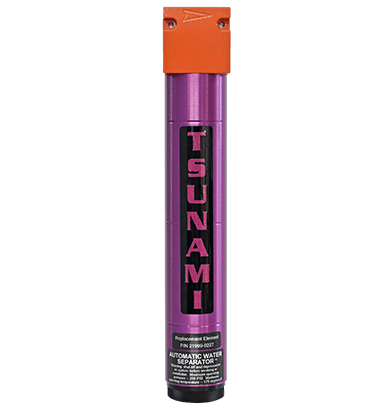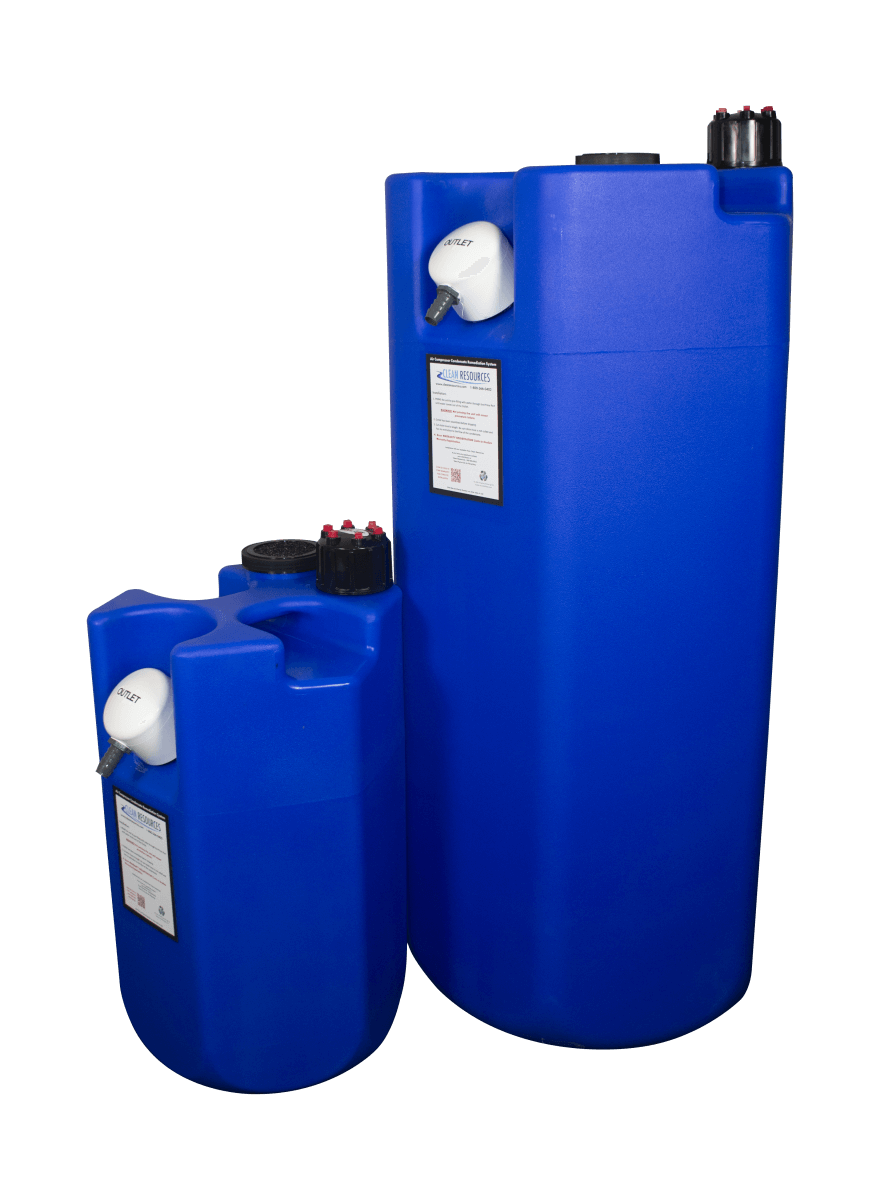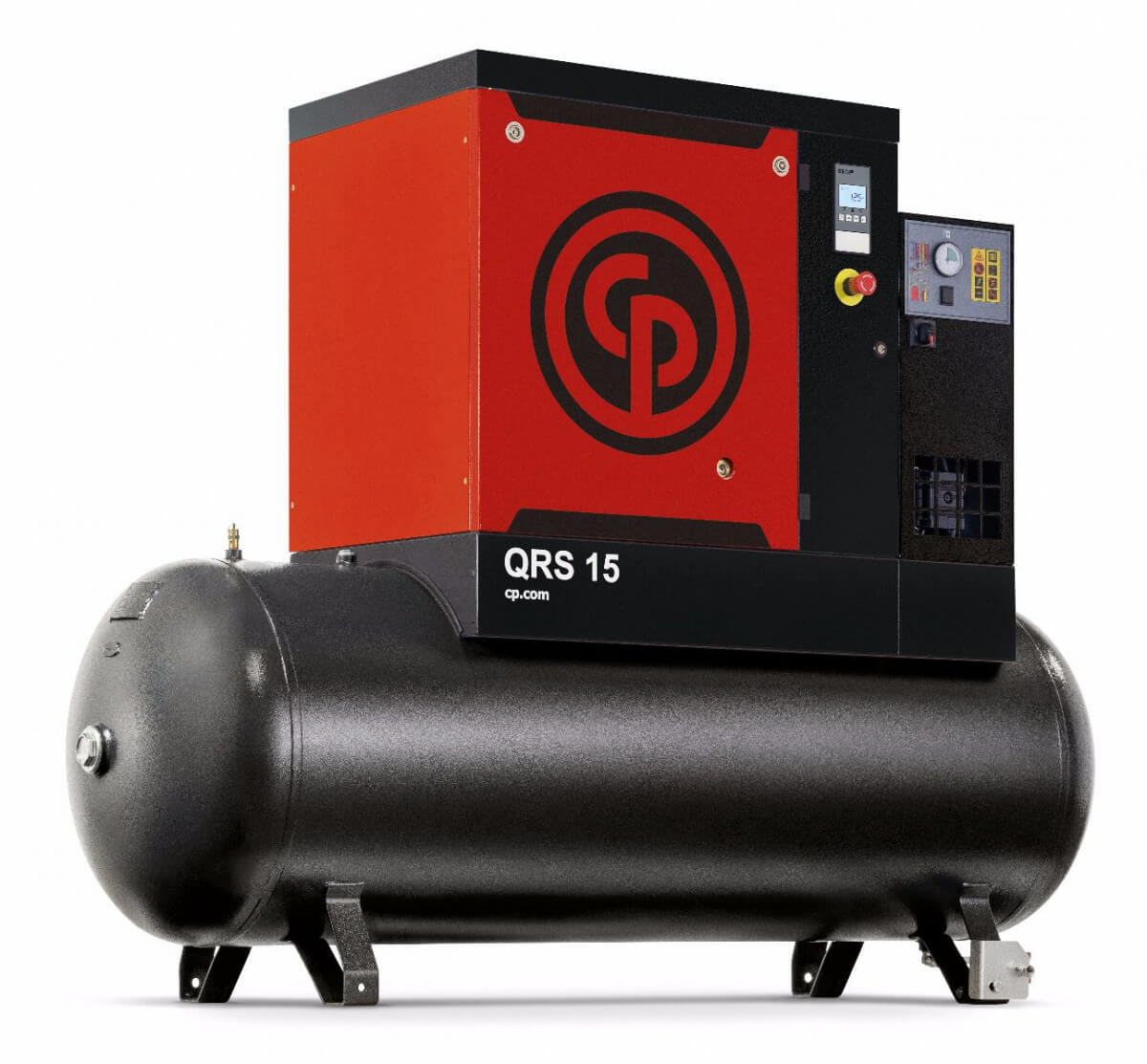 Heading into fall and winter, your compressed air system maintenance routine can be more complex in colder climates. Freezing temperatures can have negative effects on your air compressor, dryer, and many accessories. One of the best practices to adopt is keeping a detailed maintenance log. At the end of each season, take note of the condition your equipment is in, and address it promptly using manufacturer’s instructions to keep it operating smoothly. Here’s our list of best practices for optimal air compressor maintenance and operation in cold weather.
Heading into fall and winter, your compressed air system maintenance routine can be more complex in colder climates. Freezing temperatures can have negative effects on your air compressor, dryer, and many accessories. One of the best practices to adopt is keeping a detailed maintenance log. At the end of each season, take note of the condition your equipment is in, and address it promptly using manufacturer’s instructions to keep it operating smoothly. Here’s our list of best practices for optimal air compressor maintenance and operation in cold weather.
Most compressed air systems are designed to operate in temperatures above 40-degree Fahrenheit. If your system is not in a temperature controlled indoor environment, your machine could sustain short-term and long-lasting damage.
- Utilize Synthetic Oil
If you have an older air compressor or a model that has standard summer weight oil, consider switching to a full synthetic or blended synthetic air compressor oil. This type of oil maintains proper viscosity in a greater temperature range. As an additional bonus, you can go longer between oil changes. Oil also becomes thicker in cold weather, reducing its lubrication abilities, and increasing the power necessary to operate the pump. Review your system’s oil type, temperature range, and change interval to determine the best solution for the machine.
- Clean the Exterior
Keeping the outside of your compressor clean can prevent corrosion and make it easier to spot oil leaks. It also allows you to examine all of the air compressor’s components for safety concerns, as well as wear and tear. Fall is a great time to wash off spring and summer’s mud and debris that may have accumulated. Along with the exterior, check the feet of the compressor, but worn or damaged feet can cause unnecessary vibration, which could lead to massive issues.
- Check Air Dryers
In cold conditions, dryers should be checked to ensure moisture hasn’t frozen within the heat exchanger, causing damage or blockages. The drain valve could also freeze open or closed in frigid temperatures. This could block condensate from draining, which wouldn’t allow moisture to escape.
- Weatherproof the Compressor Room
Consider providing ambient temperatures around your compressed air system by installing heaters or proper ventilation methods. This space doesn’t need to be heated to the same levels required for human comfort, however keeping the room around 45 degrees will significantly assist keeping your system up and running. Additionally, installing trace heating and appropriate insulation around pipes can reduce the risk of freezing.
Another energy-efficient idea is to duct the exhaust from the coolers into your building to help warm your spaces with the heat generated from the compressors in the winter, and duct it outside in the summer. This can be done relatively inexpensively and will save tremendously on your heating bill.
Don’t forget to check your compressor and all its components and accessories daily for moisture and ice buildup.



